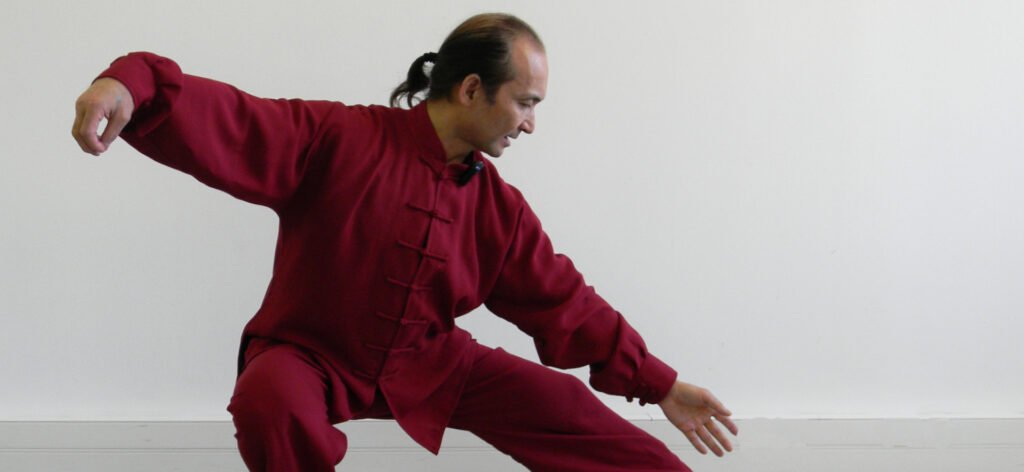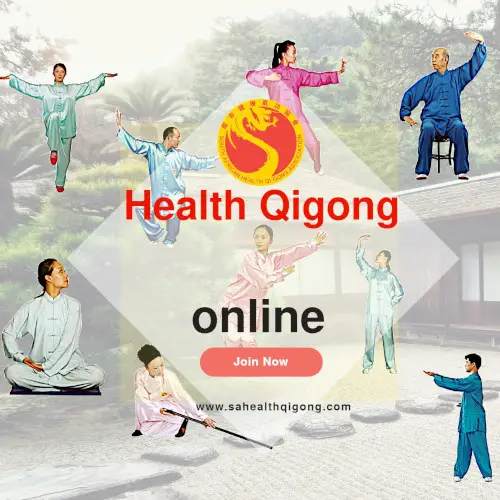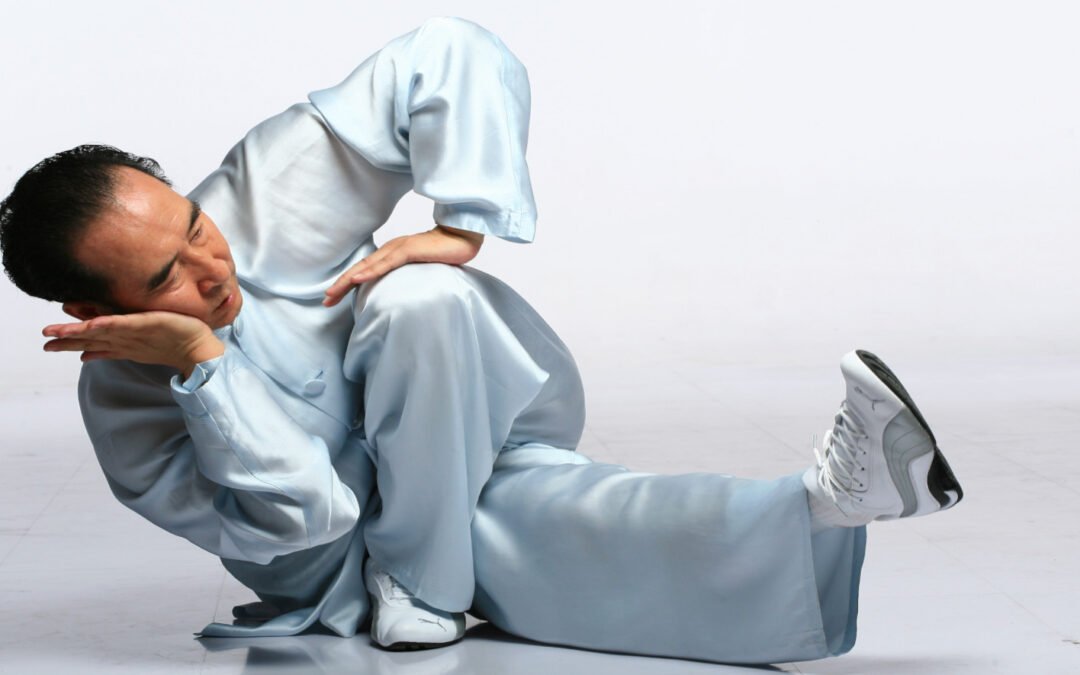Health Qigong is a traditional Chinese practice that combines gentle movements, deep breathing, and focused meditation to promote physical and mental well-being. It involves a series of exercises and postures that aim to improve the flow of energy (qi) within the body, enhancing overall health and vitality.
By performing these exercises regularly, practitioners can experience benefits such as increased flexibility, improved balance, reduced stress, and a heightened sense of relaxation. Health Qigong can be practiced by people of all ages and fitness levels, offering a holistic approach to wellness and promoting harmony between the mind, body, and spirit
Using slow, regulated breathing, focused meditation, and moderate physical motions, health qigong aims to improve overall well-being. It derives from traditional Chinese medicine and is based on the concept of balancing and harmonizing the body’s energy.
A series of calm, rhythmic motions that flow naturally from one to the next is performed by participants in Health Qigong. These exercises are intended to stretch and strengthen the body, promote flexibility, and improve the circulation of Qi (vital energy) throughout the body.
In Health Qigong, proper breathing methods are essential. Practitioners learn to synchronize their breath with their movements, providing for a deep and relaxed breathing pattern. This attentive breathing assists in the relaxation of the mind, the reduction of stress, and the improvement of lung function.
In addition to physical exercises and breathing, Health Qigong incorporates elements of meditation and mindfulness. As individuals perform the movements, they focus their attention on their breath, body sensations, and the present moment. This cultivates a state of inner calm, mental clarity, and emotional balance.
Regular practice of Health Qigong can bring numerous benefits to both the body and mind. It can enhance physical fitness, increase energy levels, improve posture, and strengthen the immune system. It also promotes relaxation, reduces anxiety, and enhances mental well-being.
Overall, Health Qigong offers a holistic approach to health, integrating gentle movements, controlled breathing, and mindfulness practices to improve physical, mental, and emotional well-being.

Mastering Tai Chi and Qigong, like academic learning.
Tai Chi and Qigong are related practices, but they are not the same; they have distinct movements, forms, and philosophies. Mastering Qigong and Tai Chi, like academic learning, involves a learning curve that progresses through various stages:
- Primary School Level (Beginner Stage): Just as in primary school, beginners in Tai Chi and Qigong start with foundational movements and basic principles. They learn the ABCs of the practice, much like children learn the fundamentals of subjects.
- High School Level (Intermediate Stage): At this stage, practitioners delve deeper into the art, learning more complex forms and techniques, akin to high school education where subjects become more specialized and advanced.
- Undergraduate Level (Advanced Stage): Like pursuing a bachelor’s degree, advanced Tai Chi and Qigong practitioners refine their skills and deepen their understanding of the art. They may specialize in specific styles or aspects of the practice.
- Master’s Level (Expert Stage): Achieving mastery in Tai Chi and Qigong is similar to obtaining a master’s degree. Practitioners have a comprehensive understanding of the art, its philosophy, and can teach and guide others effectively.
- Doctorate and Ph.D. Level (Mastery Stage): This stage is akin to earning a Ph.D. Practitioners have reached the highest level of expertise, often becoming teachers and mentors themselves, conducting research, and making significant contributions to the field.
In both cases, the learning curve is a gradual process that requires dedication, consistent practice, and a deepening understanding of the subject matter, whether it’s martial arts or academic knowledge.

